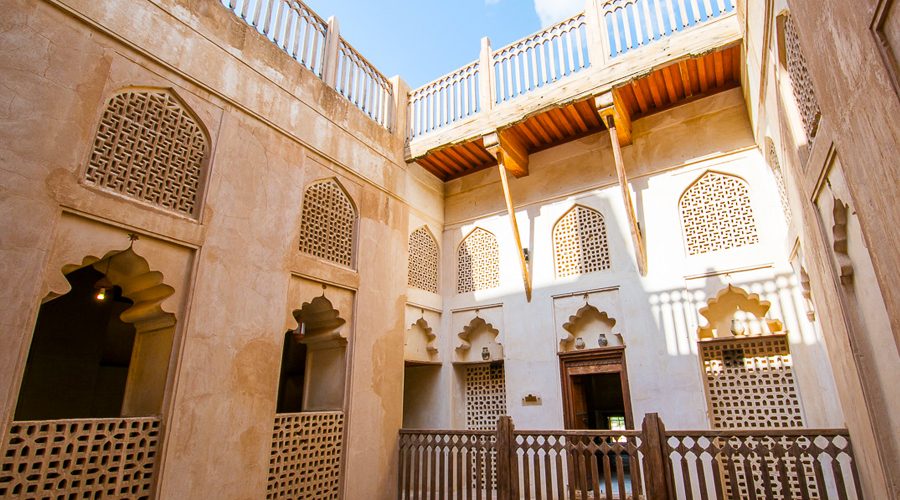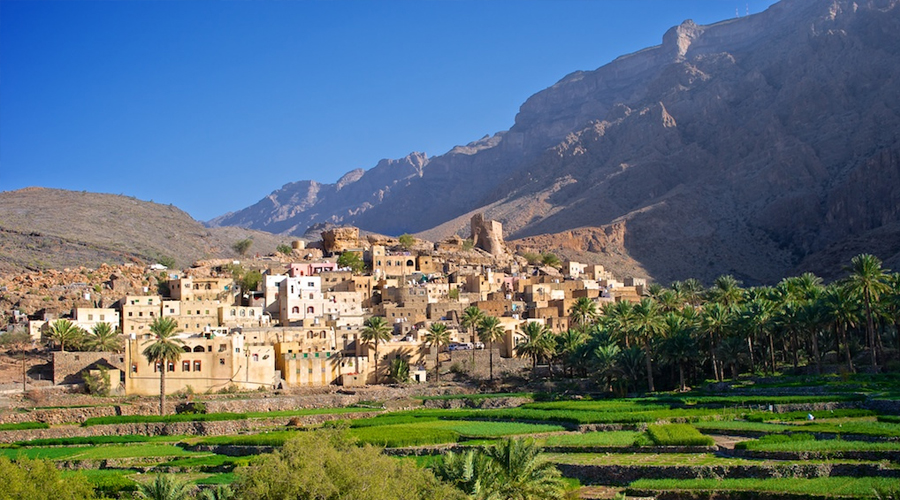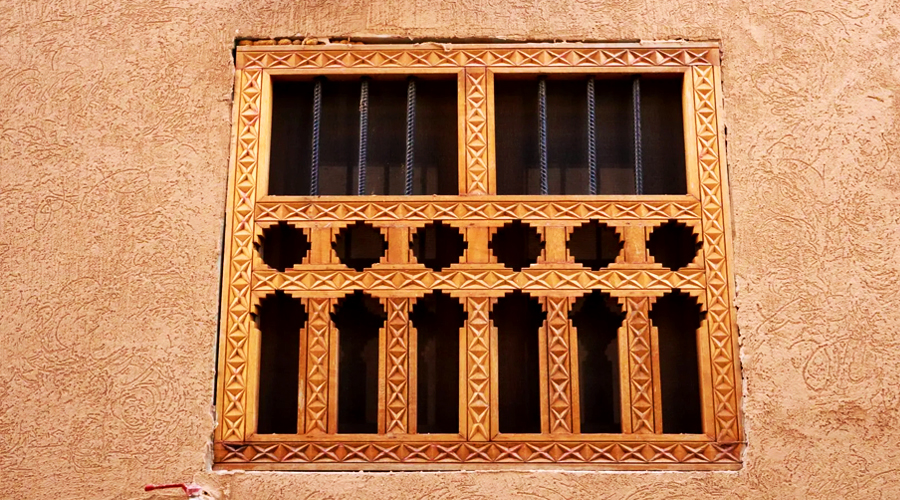Oman’s cultural and architectural heritage is shaped by its strategic location, trading history, and varied natural landscapes. The country’s traditions reflect a blend of Arabian, African, and Persian influences, seen in its music, crafts, and festivals. Architecturally, Oman is renowned for its imposing forts, majestic castles, and traditional houses built to withstand the desert climate and mountainous terrains. These structures often feature intricate woodwork, decorative plaster, and ingenious designs, such as wind towers for natural cooling. Oman’s heritage is a testament to its resilience and creativity, preserving its identity while adapting to modernity.
Symbols of Omani History and Identity
Heritage houses in Oman serve as profound symbols of the nation’s history and identity, reflecting its cultural richness, traditions, and architectural ingenuity. Built using locally sourced materials like mud bricks, stone, and palm fronds, these houses offer a window into the lifestyle, social norms, and environmental adaptations of past generations.
Historical Significance
- Preservation of Traditions: Heritage houses encapsulate Omani customs and daily routines. From interior layouts designed for communal living to courtyards for social gatherings, these homes reflect the heart of Omani society.
- Documentation of Eras: These houses are living records of different historical periods, showcasing influences from trade and interactions with Africa, Persia, and India.
Cultural and Social Identity
- Regional Distinctiveness: Architectural styles vary across regions—coastal homes emphasize ventilation, while mountain homes use thick walls for insulation. These differences highlight how Omani people adapted to diverse landscapes.
- Community Bonds: Many heritage houses were built around tribal or family units, reinforcing a sense of unity and collective identity.
Modern Relevance
- Tourism and Education: Today, heritage houses attract tourists and serve as educational hubs, offering valuable insights into Omani culture.
- Inspiration for Modern Design: Contemporary buildings in Oman often incorporate elements from heritage houses, such as wind towers and decorative plaster, ensuring that traditional aesthetics continue to influence modern architecture.

Evolution of Architectural Styles in Rural Areas
Oman’s rural architecture has evolved over centuries, shaped by the region’s diverse geography, climate, and cultural influences. Early designs prioritized practicality, with homes built to withstand extreme weather conditions and provide security. Over time, external influences from trade with Africa, Persia, and India introduced decorative and structural innovations. Despite these changes, the core elements of functionality and cultural authenticity remained intact.
Materials Used in Heritage Houses
- Mud Bricks: Common in arid regions, mud bricks provided insulation against harsh temperatures and were inexpensive to produce.
- Stone: Used in mountainous areas, stone offered durability and resistance to extreme conditions.
- Palm Fronds: In coastal and desert areas, palm fronds were woven into mats or used for roofing, creating lightweight, breathable structures.
- Locally Sourced Resources: The reliance on readily available materials highlights the sustainability of traditional Omani construction practices.
Design Features of Heritage Houses
- Courtyards: Central courtyards were private, shaded spaces for social gatherings and family activities. They enhanced ventilation and provided relief from the heat.
- Wind Towers (Barjeel): These iconic structures funneled cool air into the house while expelling warm air, creating natural ventilation.
- Zaribahs (Animal Enclosures): Integrated spaces for livestock reflected the agrarian lifestyle of rural communities.
Decoration and Functionality
- Intricate Carvings: Wooden doors and windows often featured detailed carvings with Islamic geometric patterns and floral motifs.
- Traditional Patterns: Designs reflected regional and tribal identities, incorporating motifs inspired by nature and spirituality.
- Painted Walls: Some houses featured subtle earth-tone paints made from natural dyes.
Functionality
- Privacy: High walls and separate family quarters respected cultural norms of modesty and privacy.
- Temperature Control: Thick walls and small windows minimized heat, while wind towers and shaded courtyards improved airflow.
- Adaptability: Modular designs allowed homes to expand as family needs grew, showcasing the flexibility of traditional architecture.

Regional Variations in Heritage Houses in Oman
Oman’s diverse geography significantly influenced the architectural styles of its rural heritage houses. Each region adapted construction methods and designs to the local climate, resources, and cultural practices, creating distinct styles that showcase the ingenuity of traditional Omani builders.
Differences in Architectural Styles Between Regions
Oman’s heritage houses differ across regions, reflecting the local landscapes and resources. Mountain homes use stone; coastal houses feature wind towers; desert homes rely on mud bricks, blending function with cultural identity.
- Mountain Villages: Houses in the mountains were typically built using stone for durability. Flat roofs collected rainwater, a precious resource. Compact layouts reflected community cohesion and efficient land use on steep terrains. Thick stone walls provided insulation, while narrow alleys offered shade.
- Coastal Areas: In coastal regions, homes were built with materials like coral stone, palm fronds, and lime. Large windows and wind towers were common to combat the humid climate. Homes often had open verandas for social gatherings and sea breezes. Proximity to the sea influenced nautical-themed decorations and brighter colors.
- Desert Regions: Mud bricks and clay were used for thermal insulation in desert homes. These houses had small windows and doors to minimize exposure to heat and sand. Courtyards provided shaded, private spaces for family activities. Domed ceilings reduced heat and improved airflow.
Examples of Notable Heritage Houses in Rural Areas
Heritage houses in Oman are not just buildings; they embody the nation’s social fabric and cultural identity. Some of the most famous of these houses are:
- Al Hamra: Known for its well-preserved mud-brick houses over 400 years old, featuring ornate wooden doors and carved windows that showcase traditional craftsmanship.
- Misfat Al Abriyeen: A mountain village with stone and mud-plaster houses built along steep terraces. Unique irrigation channels (falaj systems) sustain agriculture and household needs.
- Nizwa: Famous for its historical importance, Nizwa features heritage houses that blend defensive architecture with artistic elements. These homes often have internal courtyards and elaborate wooden doors with Islamic motifs.

Social and Cultural Role of Heritage Houses in Oman
Heritage houses in Oman hold a deep significance beyond their architectural beauty. These homes have long served as the heart of community life, encapsulating family traditions, cultural pride, and stories that resonate through generations.
Importance in Community Gatherings, Family Traditions, and Daily Life
- Community Gatherings: Heritage houses often acted as communal hubs for weddings, festivals, and religious events. Courtyards and reception rooms (majlis) were designed specifically for hosting guests, fostering social cohesion.
- Family Traditions: These houses symbolized the core of family life, where multiple generations lived together. Shared spaces for cooking, storytelling, and celebrating milestones helped to strengthen family bonds.
- Daily Life: Heritage homes were practical and sustainable, with courtyards offering spaces for children to play and designated areas for livestock or storage, reflecting the agrarian lifestyle of many rural communities.
Symbolism and Cultural Pride
- Identity and Pride: Heritage houses are symbols of Omani identity. Their unique architectural features showcase a rich cultural heritage, blending Islamic aesthetics with local ingenuity.
- Craftsmanship: The intricate carvings and traditional patterns found in these homes are a source of pride, demonstrating the skill and artistry of Omani craftsmen.
- Legacy: Owning and preserving a heritage house is often seen as a duty, connecting current generations to their ancestors and ensuring the continuity of cultural traditions.
Stories and Folklore Linked to Specific Houses
- Historical Events: Some heritage houses are linked to pivotal moments in Omani history, such as serving as meeting places for tribal leaders or venues for significant negotiations.
- Local Folklore: Many houses are entwined with tales of heroism, romance, or mystery. For instance, a house might be remembered as the dwelling of a wise elder or a place where supernatural events occurred.
- Family Narratives: Stories about the construction, use, and life within these homes are passed down through generations, deepening the emotional connection to the property.
Tourism and Oman Heritage Houses
Heritage houses in Oman are not only cultural treasures but also vital attractions for tourism. These architectural marvels offer visitors a unique glimpse into the country’s history, showcasing traditional craftsmanship, sustainable design, and the essence of Omani life. Efforts to preserve and restore these structures have transformed many into museums, guesthouses, and cultural centers, providing immersive experiences for tourists while supporting local economies. By promoting heritage tourism, Oman ensures that these historic homes continue to tell their stories, bridging the past and present while fostering appreciation for the nation’s rich cultural identity.

